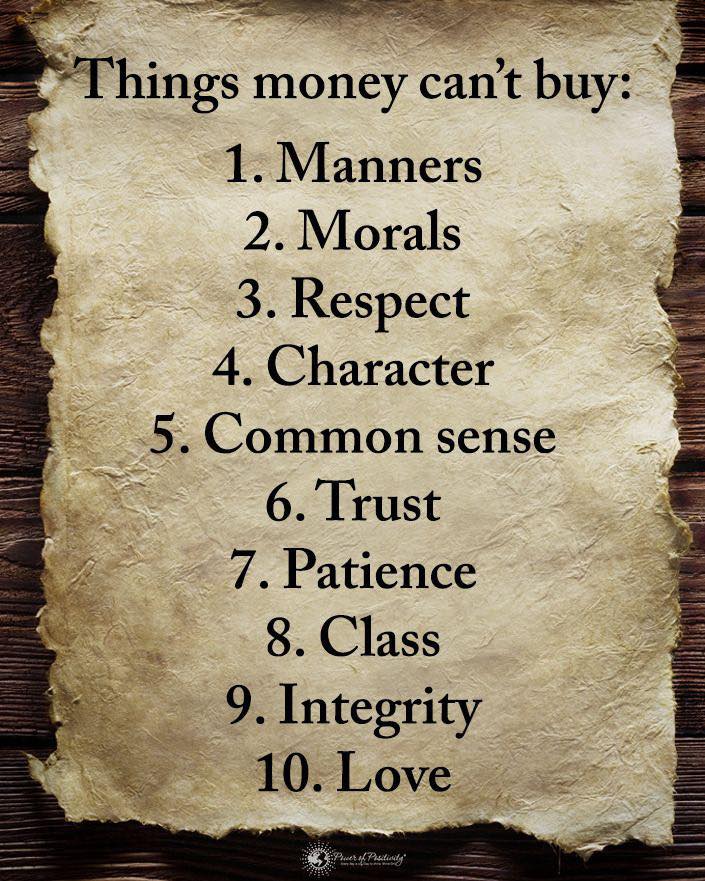Dreams are strange and confusing things. There are some people who try to interpret the things we dream, while others believe that there’s nothing of importance in our dreams other than our subconscious thoughts. However, researchers have recently found 6 dreams that are actually a good indicator of your health, as well as having an actual impact on your physical and mental health.
Aristotle once said, “The beginnings of diseases and other distempers which are about to visit the body…must be more evident in the sleeping state.” Like all things that happen with our brain, dreams are often a subconscious indicator of our mental and physical health. Here some of the ways that dreams can have an effect on your health.
Here Are 6 Ways Dreams Impact Your Health

1. Nightmares are a warning sign
Nobody likes having nightmares. Many people already know that nightmares can be a result of emotional trauma or mental illness. However, researchers have found that nightmares can also be linked to things like heart disease and sleep apnea. This is caused by disturbances in your heartbeat, as well as your breathing, which can cause your brain to interpret the warning signs in the form of a nightmare while you’re sleeping.
Mitchell, E. G. wrote in The Physiologically Diagnostic Dream that, “A man [who] experienced a recurring dream in which a rat was gnawing at the lower part of his abdomen… was soon diagnosed with a duodenal ulcer.”
Stay up to date with all doctor’s checkups if you start having nightmares.
2. Conditions linked to dream frequency
“There are nerves coming to the brain from every part of the body—and they relay the signals of impending illness that the subconscious translates into dreams.” – Kasatkin
Most people don’t remember the dreams they have during the night, but rather only the dreams that they have right before they wake up. If you find that you’re waking up from dreams more often, this could be a result of certain conditions that interrupt your sleep during the REM cycle. Mood disorders like anxiety and depression can be the culprit of waking up in the middle of the night, which can result in remembering more of your dreams than usual.
3. Vivid or bizarre dreams
People have vivid or strange dreams all of the time, so it’s not automatically an indication of something seriously wrong. However, the use of alcohol can trigger more vivid, bizarre or memorable dreams. Conditions like Parkinson’s can also cause our brains to have more vivid or bizarre dreams that seem to stay with us during our waking hours.
Parkinson’s Disease Clinic and Research Center states, “In general, research seems to indicate that people with Parkinson’s disease have more sleep disruptions than similarly aged people without the disease. People with Parkinson’s disease also report daytime sleepiness, nightmares, vivid dreams, nighttime vocalizations, leg movements/jerking while asleep, restless legs syndrome, inability to or difficulty turning over in bed, and awakenings to go to the bathroom.”
Medication like antidepressants can also make our dreams much more vivid and wild than we previously experienced.
4. Dreams that wake you up early
Dreams that wake us up aren’t rare. But some dreams always wake us up an hour earlier than our alarms. Dreams that wake us up earlier in the night – or morning – than we would like might indicate someone falling into REM earlier, and coming out of it earlier as well. This can be an indication of mood disorders, like anxiety or depression. Doctors have often observed the people who have these type of mood disorders are prone to falling into REM earlier, and thus being awoken by their dreams earlier in the night and morning.
5. Bad dreams as a result of daily triggers
All kinds of things can affect your dreams, from the food you eat, to the things that you watch and listen to throughout the day. If you are having a variety of bad dreams, you may want to take a closer look at what you do during the day.
Professional dream analyst and author of ‘Dream On It, Unlock Your Dreams Change Your Life’ Lauri Quinn Loewenberg says, “[T]he nightmare is when we are thinking about difficult issues during REM (Rapid Eye Movement) and trying to sort them out. We often try to ignore our difficult issues with distractions during the day but when we are asleep and are forced to be alone in our own heads, these difficult issues will be addressed.”
Consistent bad dreams can be a result of a poor diet, as well as sensory triggers like music, movies, or things that you witness throughout the day. Even vitamins can have an effect on our dreams, according to researchers. B6 is a vitamin that our body needs that can often cause us to have vivid dreams.
6. Healthy lifestyles can affect dreams
Like a lot of things, a healthy lifestyle can have a positive effect on every portion of our lives – including our dreams. When we exercise and eat well, it can keep our dreams pleasant and easy to endure. When we focus our attention on maintaining or dealing with mood disorders, it can help stop nightmares, or even dreams that wake us early in the night and make it harder to get a full night’s sleep.
Rubin Naiman, a sleep and dream expert on the clinical faculty of the Arizona Center for Integrative Medicine added, “Good dreaming contributes to our psychological well-being by supporting healthy memory, warding off depression, and expanding our ordinary limited consciousness into broader, spiritual realms.”
Healthy snacks before bed, like bananas, can make dreams much more pleasant.
Final thoughts
These 6 d reams can be pleasant, funny, upsetting or exciting – it all depends on what we do with our bodies during the day. While some people may simply believe that dreams are nothing but our subconscious brain going wild, it’s been proven that the things that we do with our body, from sensory things like watching TV and smells, to the things we feed it, have an impact on what kind of dreams we have. Dreams can be just as impactful on our health as our health can be on our dreams.











